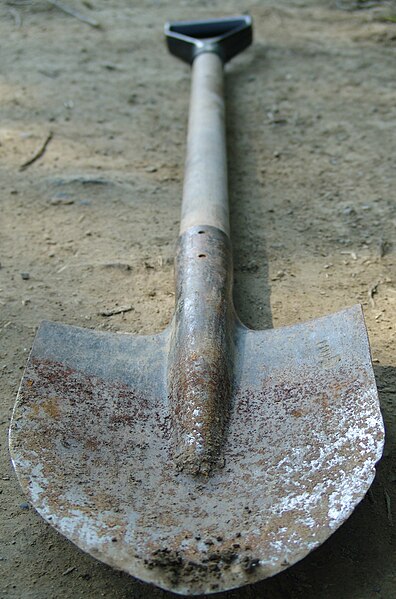
And what to do if it doesn’t?
I have a boatload of hands-on gardening experience in several climate zones, and will try hard to answer any questions you have.
The questions need to tell me where you live – your hardiness zone if you know it, or which state, and which area within it. Canada I know thoroughly so just mention the nearest big town or city.
This opens to a decent-sized U.S. climate map.
Things to be doing in the garden in autumn are many.
If you get snow, make sure your lawn is raked clean of leaves before the snow comes to stay. Otherwise, you’ll get mould in spring. Also, for the final mowing of the year, cut it a tad shorter than usual. Put down a dose of fertiliser at the same time, so the grass plants will have something to eat the moment they come out of dormancy.
Now is the time to divide perennials. This is quite effortful, but will make a vast improvement in your floral display next year.
 Suppose you have a clump of, well, I have several clumps of agapanthus (pictured, right) that need to be divided, so lets pretend-work on them. Why they need to be divided is that they’ve been growing in the same spot for 3 or 4 years. They’ve spread outwards from the original small plant I put in, which is nice, but now the central portion is old and doesn’t flower anymore. So I’m going to dig the whole plant entirely out of the earth, in one piece. Clutch not your pearls – done in early spring or mid-autumn it’s dormant, and isn’t harmed by this.
Suppose you have a clump of, well, I have several clumps of agapanthus (pictured, right) that need to be divided, so lets pretend-work on them. Why they need to be divided is that they’ve been growing in the same spot for 3 or 4 years. They’ve spread outwards from the original small plant I put in, which is nice, but now the central portion is old and doesn’t flower anymore. So I’m going to dig the whole plant entirely out of the earth, in one piece. Clutch not your pearls – done in early spring or mid-autumn it’s dormant, and isn’t harmed by this.
Where I live, the agapanthus leaves stay green and alive all year, so I’m not going to cut them off. If, where you live, the above-ground growth dies down over winter, trim it off before proceeding. It’s probably yellow and limp and frosted by now anyhow, looking awful. Hosta, for instance. Cut it so you leave 2 or 3 inches of stems sticking up. Put the dead leave in the compost, or the green garbage.
 The procedure: you need a spade, the kind with a pointy blade. Drive the spade into the earth about 6 inches away from where the outermost leaves come out of the earth. Do this all the way around the plant, in a circle. Mind where you put your big feet, and don’t crush the other plants. Once you’ve cut all around the agapanthus, push the spade farther into the earth and underneath a bit, and push the handle down towards the earth, to pry the root ball out. Do this all around, as before.
The procedure: you need a spade, the kind with a pointy blade. Drive the spade into the earth about 6 inches away from where the outermost leaves come out of the earth. Do this all the way around the plant, in a circle. Mind where you put your big feet, and don’t crush the other plants. Once you’ve cut all around the agapanthus, push the spade farther into the earth and underneath a bit, and push the handle down towards the earth, to pry the root ball out. Do this all around, as before.
Eventually it will pull free of the earth, in a messy whole. Grab it with your hands and arms like it was a big muddy dog and pull it out and set it down somewhere you can work on it, the lawn or a path. I like to have some sort of tarpaulin ready to put the clump down on, to save clean-up afterwards.
Once it’s out of the earth, I’m take an old serrated bread knife and cut through the clump to make 6 wedges, like a pie. I’ll cut off and compost the tip of each wedge, and replant the rest of the slice as if it were a new plant. Back in the same space, or somewhere else in the garden. Free plants! Yay!
All right. I’m exhausted after all the work, and will now sit back with a coffee and accept questions.